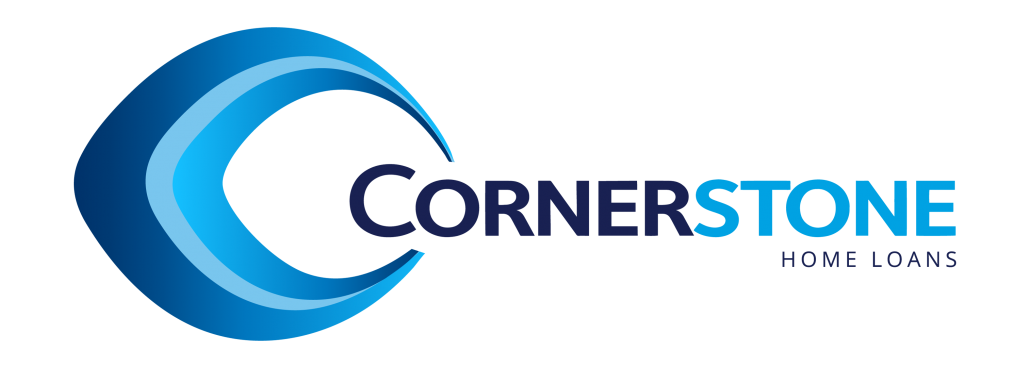Ask yourself these 3 questions before you refinance
With interest rates at record lows and competitive deals on offer, switching to a new loan or lender may be an appealing prospect, with the potential to make significant savings.
Since the Reserve Bank of Australia (RBA) began its latest round of rate cutting, lenders have been lowering mortgage interest rates across the board, with several now offering rates below the 3% mark.
But before you make the decision to refinance, there are a number of areas to consider. Here we cover off some questions you should ask before making the switch.
Will I be better off in the long run?
Refinancing to a lower interest rate can be a great way to lower monthly mortgage payments, freeing up some of your income for spending in other areas.
However, opting for lower repayments will usually mean signing up for a longer loan period — and the longer you take to repay your debt, the higher the accumulated interest payments will be.
Before refinancing, do some calculations to see how the new loan will stack up in the long run. If you find your total interest payments are higher under the new loan term, you might want to consider adjusting the amount you pay each month (if the mortgage terms allow) to help you to become mortgage-free sooner.
What are the costs of switching lenders?
Switching to a new lender can come with a number of associated costs, so it is important to ask your broker about these before making any changes. Some of the costs you need to be aware of include:
- Bank fees. When you close your home loan account, you may be hit with a discharge fee (typically $100-$400) or break fees if you are ending a fixed rate loan before the end of the fixed term.Your new lender will then charge fees for processing your new application, valuing your property and settlement. Depending on the cost of each fee this could bring your total set up expenses to $300-$1000. A standard valuation fee alone can be between $200-$500.If you are staying with your current lender but moving to a new product, you may also be charged a switching fee for this.Any lender fees accrued when refinancing will be added to your new loan, so to avoid paying interest on these over the life of your loan, you may want to consider paying off any costs when they are first charged.
- Lenders Mortgage Insurance (LMI). For each new loan, a lender will look at the loan to valuation ratio to assess whether LMI is required. If you are borrowing more than 80% of the current value of the property, you will have to pay LMI again.To avoid this scenario, your mortgage broker may be able to arrange an upfront valuation of your property, so you know whether you will be liable for LMI before proceeding with a refinance.
- Stamp duty. If you are increasing your loan amount when refinancing, you could also be liable to pay stamp duty. This will be calculated on the portion of the loan that is new. Stamp duty may also be payable if you are changing the name on your property’s title – for example adding the name of a partner or spouse.As stamp duty is determined by state, discuss with your broker whether this charge is likely to apply to you.
What are the loan features?
Choosing a new home loan involves much more than finding the lowest interest rate. Home loans come with a range of features, which can provide flexibility and help you pay off your mortgage faster.Depending on the lender and loan type you choose, some of the features you might be able to access include an offset account, free redraw, unlimited extra repayments and direct salary crediting.There are many things to consider before signing up for a new loan, so do your homework to ensure you are getting the best deal.




